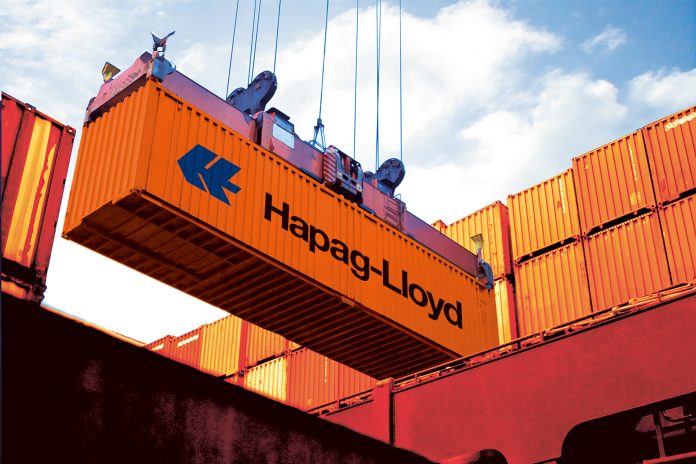The global fleet of smart containers, which are fitted with devices to enable real-time tracking, is set to grow eight-fold to 8.7 million units by 2026, forming 25% of the global container fleet.
Shippers are more inclined to monitor their cargoes due to ongoing supply chain disruptions, according to a report issued by Drewry on 23 June.
Drewry said, “As technological innovation lowers the cost of devices and enhances their value to both transport operators and beneficial cargo owners, uptake is expected to hasten.”
Smart fleet acceleration will now be driven by strong uptake in the dry container fleet where penetration is currently as little as 0.3%, according to Drewry.
Record profits in 2020 and 2021 mean that liner operators are now flush with cash to invest and there are opportunities to make their operations more efficient with smart containers.
Drewry estimates that by the end of 2021, around 3.6% of the global container equipment fleet was fitted with smart technology devices following growth of over 30% through the year.
However, take-up varies considerably by equipment type, with penetration already strong in reefer and intermodal containers but much lower in the dry box sector. Around 33% of the maritime reefer container fleet is smart-enabled, while the figure is over 40% for intermodal containers, according to Drewry estimations.
Hapag-Lloyd’s recent announcement that it intends to fix its entire dry box fleet with telematics will encourage other mainline operators to follow suit.
Drewry opined that liner operators can see the returns on investment will come from the potential to optimise their box fleet and cargo operations.
The shipping consultancy said, “Past initiatives to develop the dry smart fleet failed because they relied on beneficial cargo owners’ demand which was deterred by additional fees and lack of integration into carriers’ Internet of Things service offerings.”
In addition, fixing smart devices to containers will enable liner operators to better control supply chain information flows, enhancing their cargo visibility offering and so persuade shippers to sign long-term shipping contracts.
Martina Li
Asia Correspondent







